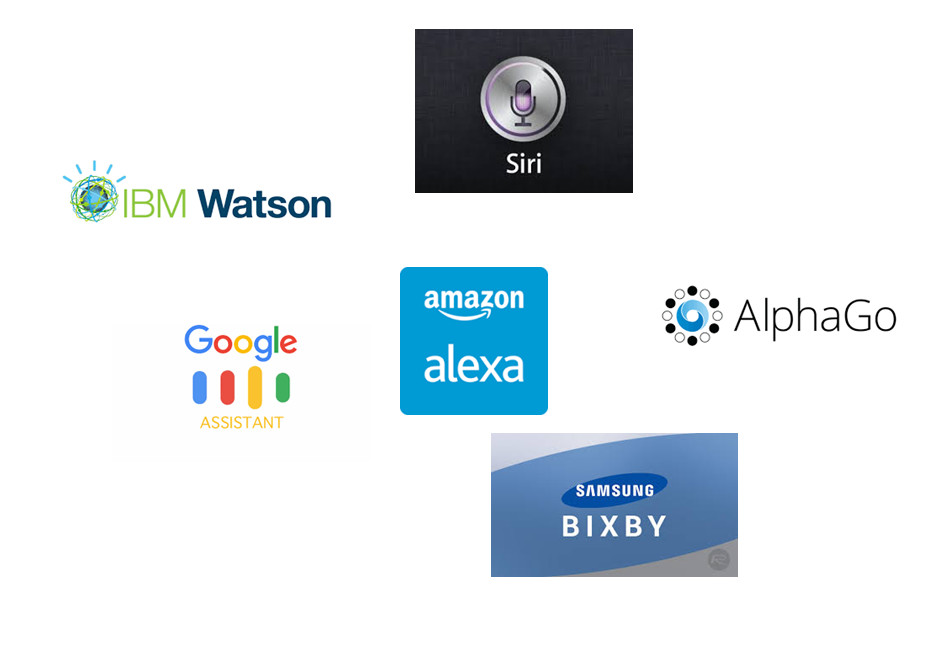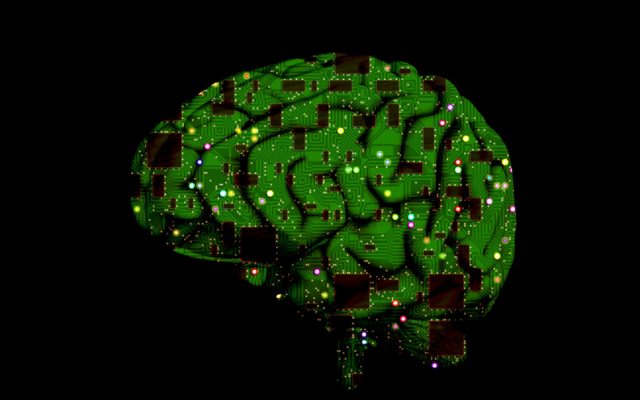Man versus Machine: Machine wins a chess game. Completes the Rubik’s cube before you did. Wins the Go Championship. Machine provides structured answers. Such instances are at best examples of specialized intelligence or at worst “fake intelligence”.
Intelligence, or general intelligence, is the ability to understand contextual information AND the ability to understand language AND motor skills AND the ability to acquire knowledge & experience, infer, understand & question.
Okay got that! So how do we get to function like a brain?
The Theory of Connectivity propagates that there is a simple algorithm that underlies the brain’s computations. And algorithms, irrespective of where they are housed, in a calculator or in the human brain, the maths will still work. Silicon or Carbon.
So you figure out those neurons that form functional cluster and use it to create Artificial Intelligence. And we are up for some serious discussion about the future when bio, nano, energy, robotics and technology achieve singularity and make a profound impact on people, business and society.
THE NEXT INDUSTRIAL REVOLUTION?
Artificial Intelligence is a big revolution, far far away from the 1st when we mechanized production, moved to mass production and then automated production in the last revolution.
This revolution comes with exponential change. It impacts all of us, every country, every business, every industry. And not just impacts production, but everything around management and governance.
Some of the published volumetrics, for this 4th industrial revolution, talk of 45% work activities potentially being automated; and 80% being enabled by machine learning. However these numbers don’t apply uniformly across countries or businesses or industries.
There are several factors that need to be considered to understand impact. An example is the industry sector: if you are into manufacturing – your business or your country is heavily into manufacturing – then the impact is higher. A published number talks of 55% automation impact in Japan alone.
Another factor being job mix: A workforce that is into management roles will be less impacted by automation. So you have the USA with a lower impact of 45%.
ECONOMICS OF ARTIFICIAL INTELLIGENCE
Economists think of technology as a cost lever. And Artificial Intelligence is no different. It is a substitute for the human ability to predict and analyse.
If this world can be owned by concepts like countries, nations, treaties and companies, then one day Algorithms can rule us too and drive our economies.
In countries like the UK, Germany, Australia, France and Italy where there is an ageing population and less working age population, automation is an important lever to sustain and grow a sagging GDP.
In Brazil, Russia and China GDP growth rates are healthy, even with the ageing population. But to surpass these rates, automation is key.
India, South Africa, Mexico GDP rates are good too, the overall population is young. However automation will help them stay competitive.
USE CASES FOR ARTIFICIAL INTELLIGENCE
High Level Use cases that impact revenue and cost (e.g. how online e-commerce companies can reduce online credit card fraud, non-deliveries, improve customer recourse by timely addressing refund cases).
High Level Use cases that do more with the same (e.g. machines that can write small analysis/ stories on company earnings – leaving humans to write in-depth analysis. Thereby allowing you to publish a larger number of earning stories)
High Level Use cases that impact the back office (e.g. IT, finance, accounting). Avoid the common mistake of targeting the front office. Computer-to-Computer interactions are a better bet than front-desk interaction with customers.
Lower Level Use cases that help generate and enhance insights (e.g. in a call center – algorithms that read email, scan images, analyse conversations).
Lower Level Use cases that help with entry/basic level conversations.
Lower Level Use cases that can automate parts of your end-to-end process to accelerate the process, without trying to automate the entire process.
KICK-START YOUR ARTIFICIAL INTELLIGENCE PROJECT
- Build traction and acceptance for AI initiatives: identify quick win projects (e.g. employee touch-points like learning & development calendar and reminders)
- Identify long-term projects: Identify end-to-end projects (e.g. submit image of accident hit car to assess claim and then subsequent settlement)
- Find your AI partner/tools: AI marketplace are available, without you needing to build one from scratch. Marketplace will provide algorithm, data and infrastructure.
AI MARKETPLACE

Article by channel:
Everything you need to know about Digital Transformation
The best articles, news and events direct to your inbox







